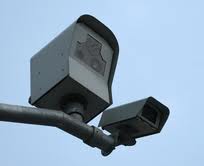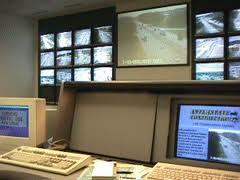Many drivers accuse local governments of installing traffic monitoring systems as a way to generate income rather than keeping law enforcement an eye on streets across the United States.
However, a new study from the University of Missouri says the safety benefits of automated traffic monitoring systems far outweigh the potential for abuse.
“A red light camera is not a panacea for traffic problems; it is a very effective tool for safe and efficient transportation,” said Carlos Sun, a traffic researcher and an associate professor of civil engineering in the MU College of Engineering.
“The decision to use automated traffic enforcement tools requires a balancing act, but we shouldn’t take away an effective tool just because of the potential for abuse.”
The traffic researcher cited statistics from the National Highway Traffic Safety Administration that indicate almost a third of all traffic fatalities are speed related, and that running red lights accounts for 883 fatalities and 165,000 injuries each year.
Sun’s examination of numerous automated speed enforcement studies from around the world found the cameras to be effective at improving safety overall. He also found evidence that the presence of cameras created a ‘spillover effect,’ as red lights were respected by drivers even where no cameras were present.
However, due to a lack of coordination regarding automated traffic enforcement laws throughout the legal system, The traffic researcher recommends that state legislators create laws regarding operation, privacy and jurisdiction.
Sun believes that certain types of vendor contracts, in which a third party installs and operates the cameras, could create mistrust among citizens.
Despite the potential for cameras to ‘generate revenue,’ the engineering professor believes the checks and balances among traffic engineers, traffic enforcement, city administration, legislators and citizens should ultimately keep abuse in check.

